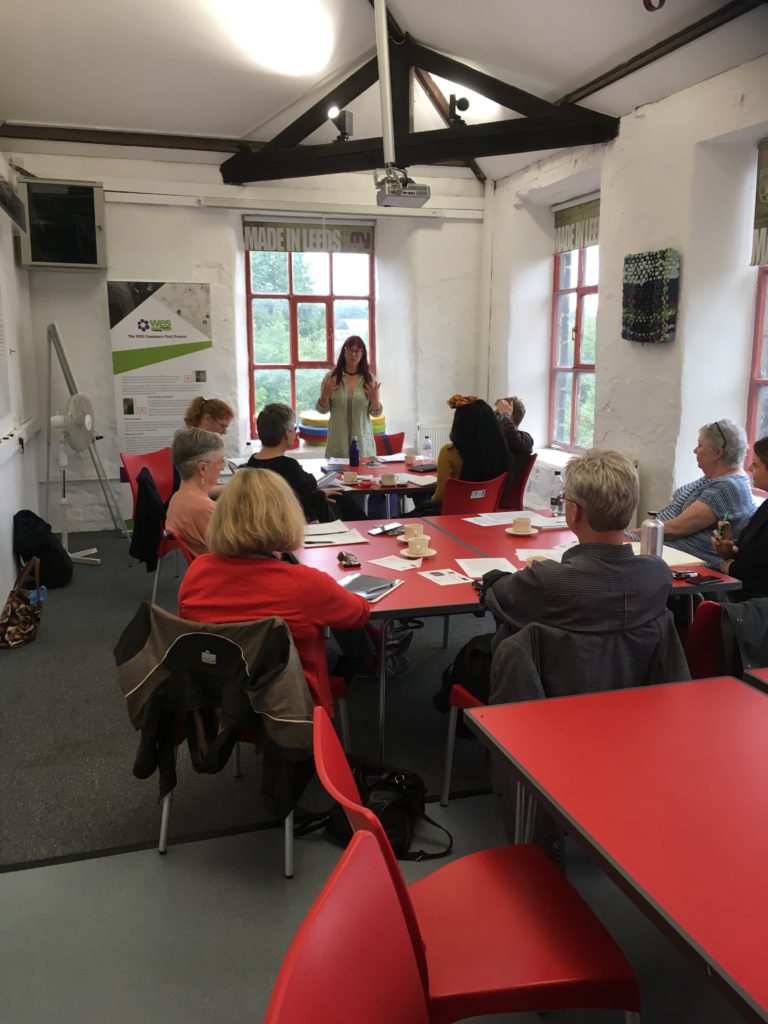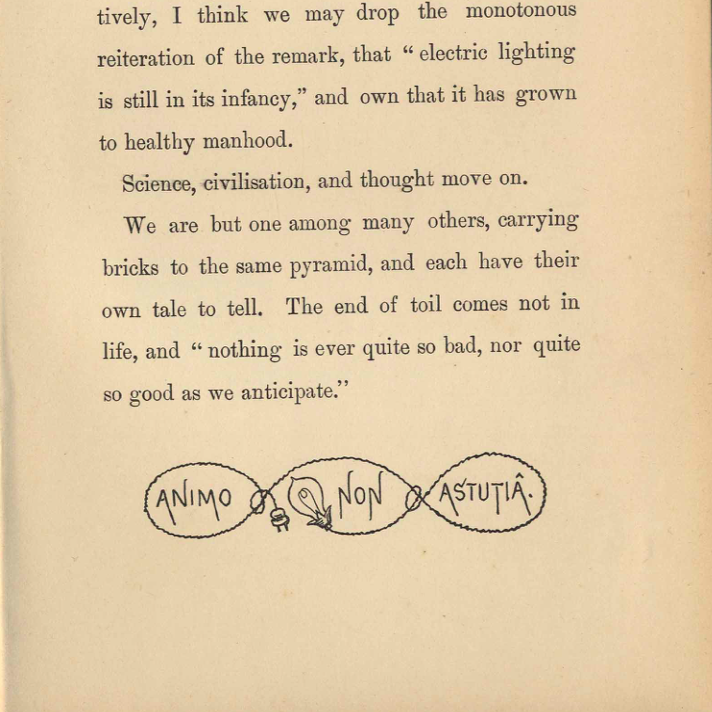by Emily Rees

The Electrifying Women project was set up to look for new ways to share a better understanding of women’s long participation in engineering. While women’s voices from the past can be very difficult to recover, we can still use our creative skills to fill the gaps in the story so that we can imagine what it was like to be a past female engineer.
On Sunday 15th September, Electrifying Women held its first creative writing workshop, at the Leeds Industrial Museum at Armley Mills. Part of the national Heritage Open Days scheme, the event was run by poet and creative writing specialist Hannah Stone.
Over a two-hour period, the writers were given a series of prompts from Hannah and asked to create a fictional character based on some of the real women who worked in engineering from the Victorian era onwards. The responses from the writers in the workshop were brilliant; we were taken aback by the enthusiasm, confidence and imagination shown in the work produced on the day.
From only brief prompts, a diverse set of responses emerged, creating a range of stories, in various literary forms. There were diary entries of female engineers, poems (including an acrostic one!), letters to husbands about joining the suffragette movement, and prose fiction.
The real stories of women engineers formed the basis of many out these – women like pilot Amy Johnson and Halifax-born suffragette and housebuilder Laura Annie Willson particularly seemed to pique the writers’ interests – but the fact soon gave way to fantasy, with the creation of daughters, international correspondence, and even some time travelling bickering between an engineering wife and husband.
From these, multiple themes came to the fore about the experiences of being a woman in engineering. There were love stories, frustrations, female friendship, familial relationships, the day to day life of working in engineering but also managing a household, as well questions around heritage and dynasty. Much of the writing had a strong feminist core running through it, making comparisons between historical experiences of being a woman and contemporary ones.
Alice Gordon’s book Decorative Electricity proved to be a particularly stirring prompt, making us wonder about the imagery used to illustrate electricity when it was first being domesticated. One writer was considering writing a poem about electricity and nature based on this. Alice’s own autobiographical experiences in engineering were also the inspiration for some fictionalized diary entries of the many challenges facing the ‘engineer-by-marriage’.

Considering the workshop was only two hours long, this impressive output is testimony to Hannah’s design of the workshop and her ability to inspire her workshop writers. It is also testimony to the openness and willing of the writers to engage with these stories and use their own creative drive to interpret and bring to life stories that have frequently been overlooked. They should be very proud of what they produced.
No doubt the setting helped too; the workshop took place in a room in the middle of the heritage site of Armley Mills. Being surrounded by the architecture of Leeds’s industrial history and the machines and tools which powered it certainly aided the imaginative processes. We are very grateful to Armley Mills Industrial Museum for lending us the space.
The Electrifying Women project has much to learn from these creative outputs, which help us to think in new and diverse ways about the histories we are researching. We are currently looking into ways in which we might be able to publish some of this work, online through this blog and also in print.
We will be running a second creative writing workshop with Hannah Stone at the LSE Women’s Library in London on Saturday 5th October 2-4pm, book here.